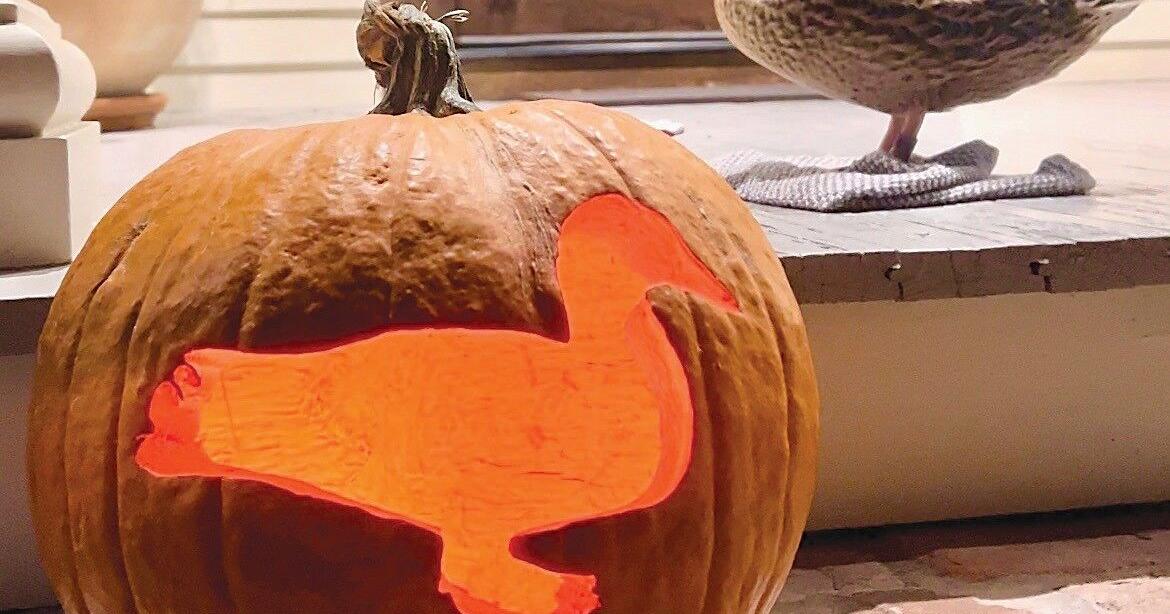
The air is cooler (at least by South Louisiana standards), front porches are dressed in pumpkins and mums, and every coffee shop smells faintly of cinnamon and cloves. Fall is here — and so is the annual pumpkin-spice takeover.
And if fall cravings for pumpkin spice also mean that we’re getting more actual pumpkin in our diets, then I’ll take it, because beyond its seasonal stardom, pumpkin’s impressive vitamin, potassium, and fiber content just might inspire us to incorporate more of it year-round. The key to making the most of the nutritional benefits of this beloved gourd is learning how to indulge your pumpkin spice cravings without also doubling down on added sugar.
Pumpkin’s Nutritional Profile
There are only 15 calories in a half-cup of fresh pumpkin, and 40 calories per half-cup canned. While low in calories, it’s high in fiber, with three grams per half-cup serving. Pumpkin is also rich in potassium and vitamin C, as well as beta-carotene, which our bodies convert into vitamin A — essential for vision, skin health and immune function.
Pumpkin can pull double duty as a fat replacer, adding body and texture to recipes. You can substitute pumpkin puree for equal amounts of fat, up to two-thirds of the fat called for in a recipe. (Tip: canned pumpkin tends to work best for this. If you’re using fresh pumpkin pulp, strain it first.)
Don’t forget about the seeds! Toasted pumpkin seeds — also called pepitas — can add an unexpected twist and a delicious crunch to salads, hot or cold cereal, cottage cheese or Greek yogurt. They’re an excellent source of magnesium, which plays a role in nerve function and muscle relaxation. A one-ounce serving (approximately two tablespoons) has nine grams of protein — more than that of a large egg — along with a hefty dose of heart-smart plant-based fats.
Getting Your Pumpkin Spice Fix, Nutritiously
Pumpkin spice tea can help to scratch that pumpkin spice itch. Many of the brands of tea on store shelves offer some type of pumpkin-spiced tea, giving us the option of hot or iced, with zero calories or sugar. Some are available year-round, others only seasonally.
A pumpkin spice seasoning blend is also good to keep on hand. The fall medley of warming spices like cinnamon, nutmeg, ginger, allspice and cardamom gives us the flavor we’re craving and the versatility to do anything we want with it. You can add an effortless sprinkling of pumpkin spice goodness to quite literally anything. Some of our favorites: sprinkle over an avocado drizzled with olive oil or an almond butter-smeared slice of sourdough toast; add a pinch to cottage cheese, Greek yogurt or a protein smoothie.
Curbing the Craving: PSL Without All the Sugar
Unfortunately, there’s no easy solution for a zero-sugar, barista-made pumpkin spice latte (PSL), in part because you’ll rarely find sugar-free pumpkin syrup behind the counter at a coffee shop.
For example, a Starbucks venti pumpkin spice latte packs nearly 500 calories and 63 grams of (mostly added) sugar — that’s the sugar equivalent of 16 sugar packets. You can make a low-sugar DIY version of a PSL using pumpkin spice, unsweetened pumpkin puree and a plant-based sweetener like Swerve or Truvia.
For a low-sugar, high-protein option, try this recipe for a PSL frappé with 19 grams of protein.
Protein Pumpkin Spice Frozen Latte